This week was as busy as it was exciting for the students!
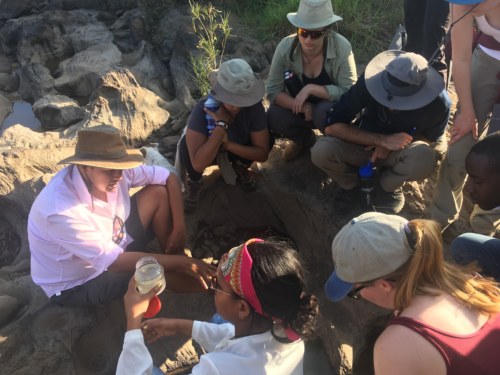
Dr. Martins and the students collecting Anopheles mosquito larvae (Photo Credit: Lucia Nadal)
They started their week with Dr. Duncan Kimuyu, a researcher at Mpala who is a part of the long term exclosure experiment. This experiment consists of several sections of land that are exposed to different groups of animals; some contain only cattle, while others contain cattle and wildlife. Dr. Kimuyu discussed with the students how they manage the landscape and the different ways livestock and wildlife coexist. He then took the students to these sectioned off pieces of land, known as KLEE plots and we were given the opportunity to see first-hand the effects that different animals have had on the landscape. These areas are located in the black cotton soil section of Mpala, a difficult landscape for plants and trees to prosper. The vast majority of the area is covered by the whistling acacia (Acacia drepanolobium), a small bush defended by long white thorns and black balls containing colonies of crematogaster ants.
Monday was spent with Kimani Ndung’u, a researcher who studies the diverse vegetation that can be found in the different areas of Mpala, using different surveying methods to collect data. Kimani took the students into the field for the afternoon to let them practice surveying the area using transects and quadrats. Transect surveying is a line that extend a certain distance, which is predetermined by the researcher and in this case every tree that occurs on the line is then measured and recorded. Quadrat surveying is a method where a frame is laid down that marks a set portion of land, and the occurrence of the different plants within that quadrat are then recorded. The students also had the chance to locate and press different plants within the area to take back to the labs and examine later.
The following day was spent with Dr. Dino Martins, who gave an intriguing lecture on vectors and diseases. One of the primary vectors in many parts of the world are mosquitoes, and they play a prominent role in the transmission of malaria, a disease that affects millions of people every year. The afternoon was spent walking to the river near the Centre with Dr. Martins to see the preferred locations for mosquitoes to lay their eggs, and to gather samples of the Anopheles mosquito larvae, the main transmitter of Plasmodium falciparum, a species of malaria parasite. The students were then able to examine the sample under the microscopes, and were given the task to sketch and determine the four different stages of mosquito larvae development.
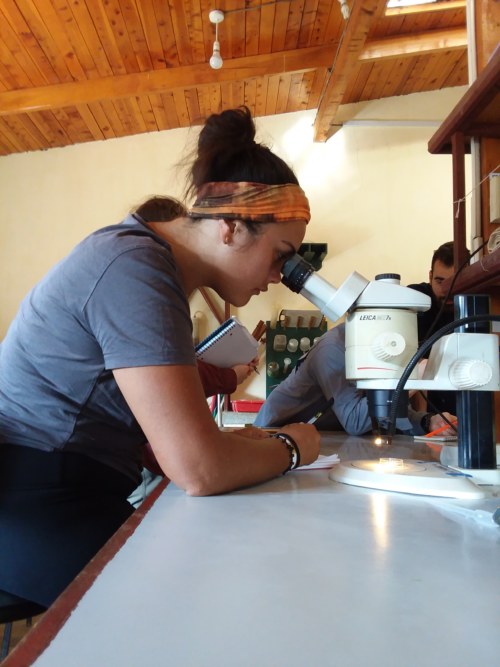
Veronica Tuazon checking out mosquito larvae at the McCormack Lab at the Mpala Research Centre! (Photo Credit: Petra Peretin)
Taking a break from their busy week, the students took the following day to hike in Mount Kenya National Park with Dr. Martins. Although the students had to wake up early, and travel for a few hours, it was well worth the trip! Even though we were not able to reach the peak of Mt. Kenya, because that requires professional hiking gear and three days of spare time, the students were able to challenge themselves with an exhilarating hike and the reward of breathtaking views. We took many breaks along the way so Dr. Martins could explain the rarity and importance of the plants found in the mountain ranges of Mt. Kenya. Among the unique plants found along the hike we were able to see Artimisia annua, a species of plant that produces a compound know for its anti-malarial properties.
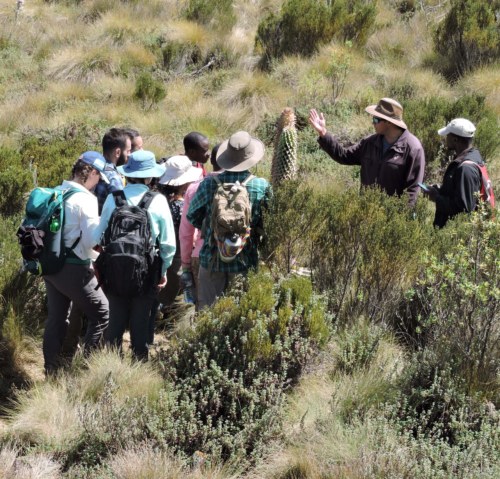
Dr. Martins explaining to the students the importance of the giant lobelia (Photo credit: Petra Peretin)
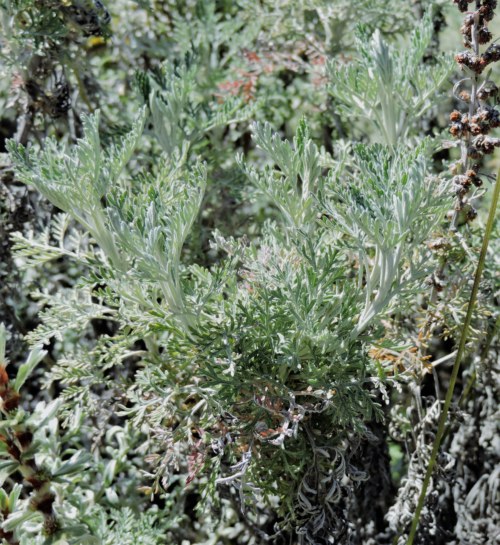
A closer look at Artimisia annua (Photo Credit: Petra Peretin)
Thursday was spent with researcher Sandy Odour, who studies elephant behavior at Mpala. He took the students out to the watering holes where several family groups of elephants could be observed. While normally their numbers range from forty to sixty individuals in a family group, due to the dry season, the groups that we were able to see only consisted of eight to eleven individuals. Among other exciting activities the students also received a tour of the greenhouses and the research being done within them. They also had the opportunity to meet Dedan Ngatia, a researcher who studies rabies in Laikipia as well as wild dogs found within Mpala. The students were even able to accompany him into the field so they could learn how to track wild dogs.
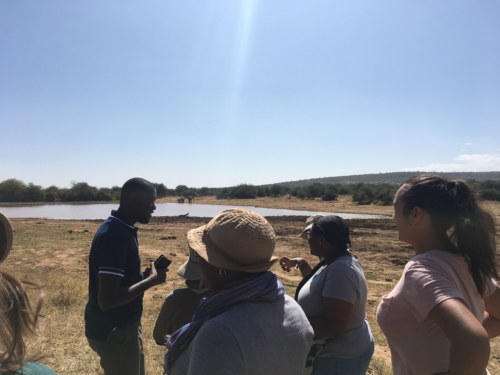
Sandy Odour explaining to the students about elephant behavior (Photo Credit: Lucia Nadal)
The weekend was spent relaxing and getting ready to leave Mpala and head to Illeret, found on the East side of Lake Turkana. On Saturday we explored Nanyuki and enjoyed a delicious lunch at Cape Chesnut! Later in the evening we celebrated one of our students, Denis Shovelton’s 21st birthday! On Sunday the students were given the morning to work on their ecology proposals, due at the end of the upcoming week. The evening was spent packing and preparing for the journey ahead.
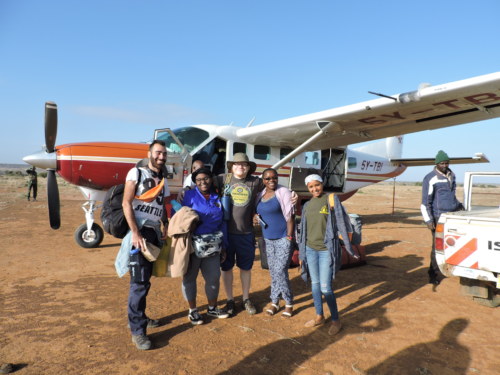
The first group of students ready to depart for Illeret! (From left to right: Alexander, Latay, Denis, Evelyn, Friyat) (Photo Credit: Petra Peretin)
We have all arrived at Illeret and are very excited to call this place home for the next seven weeks! Keep reading our weekly blogs to stay up to date as the students finish up their ecology module and begin the geology course! It will be packed full of exciting new adventures and learning experiences!
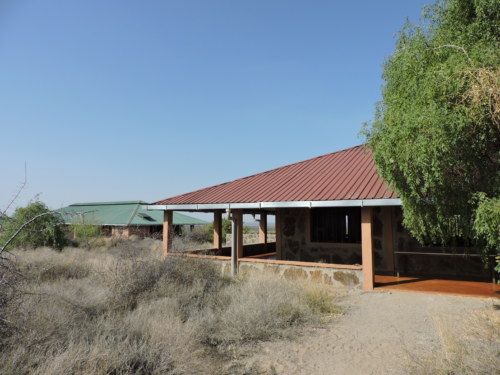
Welcome to Illeret! (Photo Credit: Petra Peretin)





